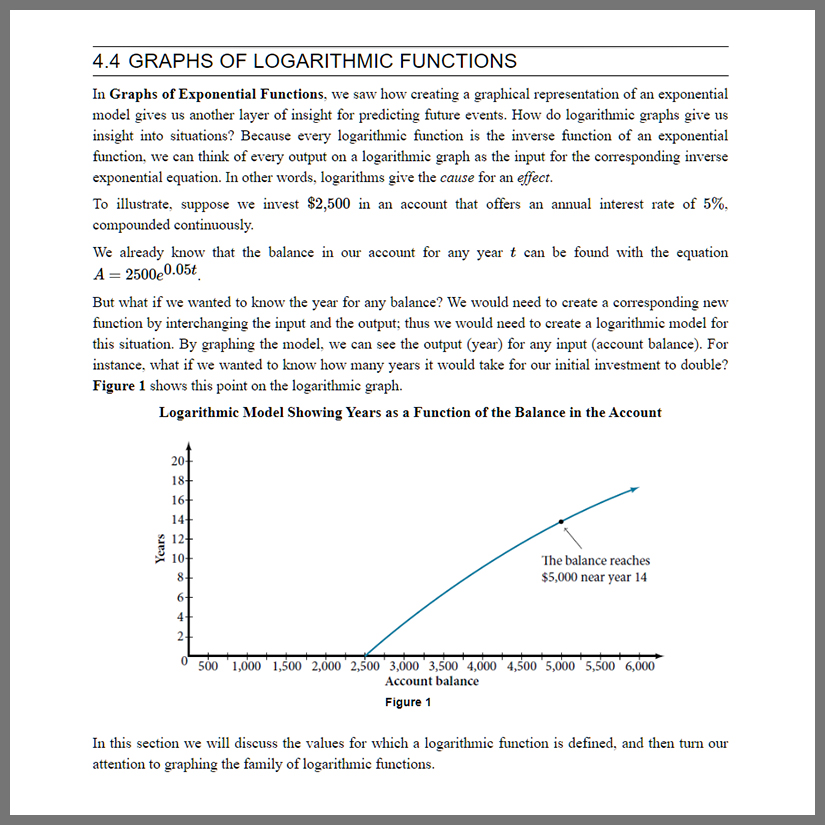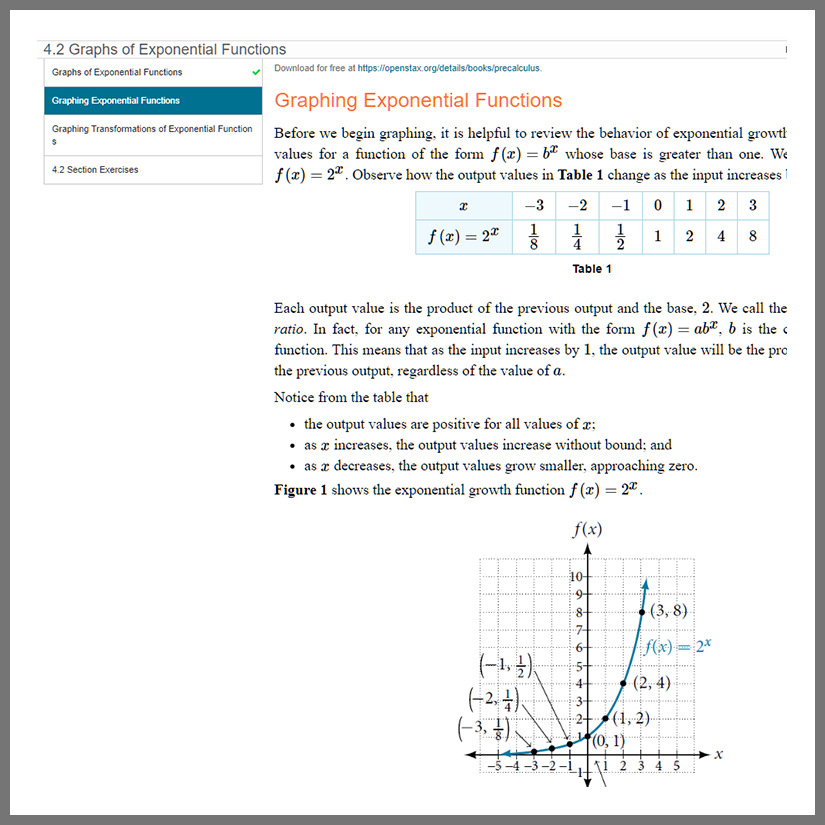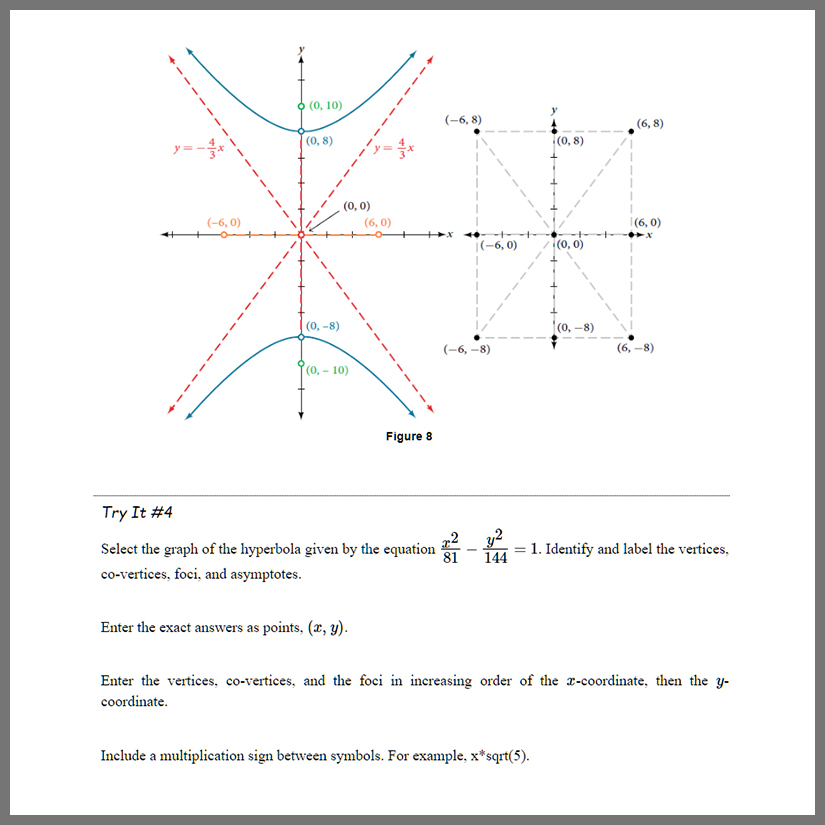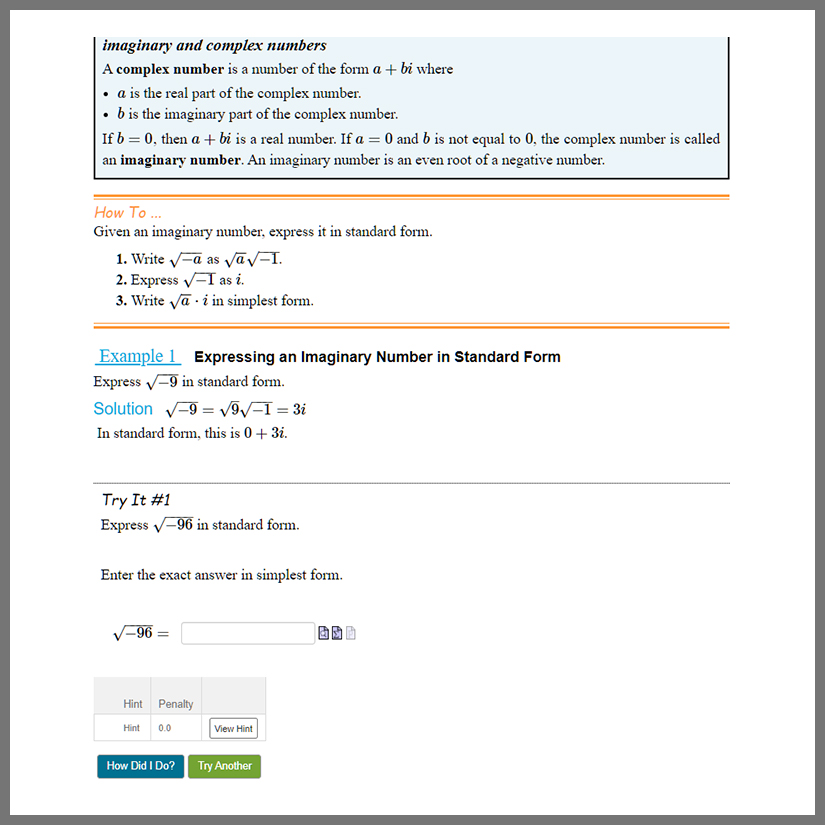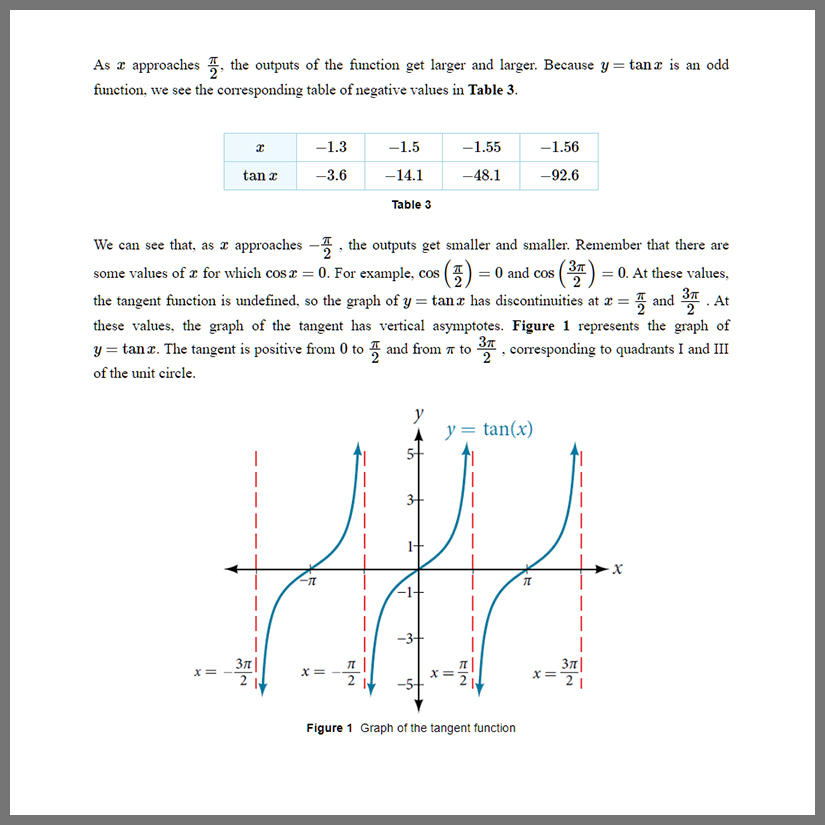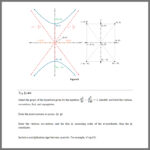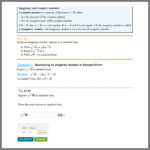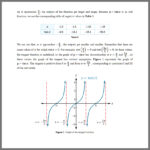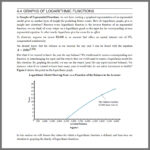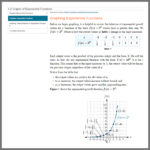Description
The Precalculus Content Pack is an entire OpenStax textbook that you can use as a customizable starting point to a complete precalculus course in Möbius. This customizable resource includes all traditional OpenStax features such as chapter introductions, sections, review material, and practice tests, and has been enhanced with Möbius capabilities including algorithmic questions, in-lesson questions with unlimited practice, helpful hints, and immediate feedback. This Content Pack is adaptable and designed to fit the needs of a variety of precalculus courses; it’s a comprehensive text that covers more ground than a typical one- or two-semester college-level precalculus course. The content is organized by clearly-defined learning objectives and includes worked examples that demonstrate problem-solving approaches in an accessible way.
How does Möbius take OpenStax to the next level?
All chapter sections delivered as Möbius lessons with checkpoint questions embedded right inside of lessons.
Learn how Möbius’ unique STEM question types provide the best STEM learning experience.
Deliver OpenStax exercises using over 50 configurable assessment properties.

